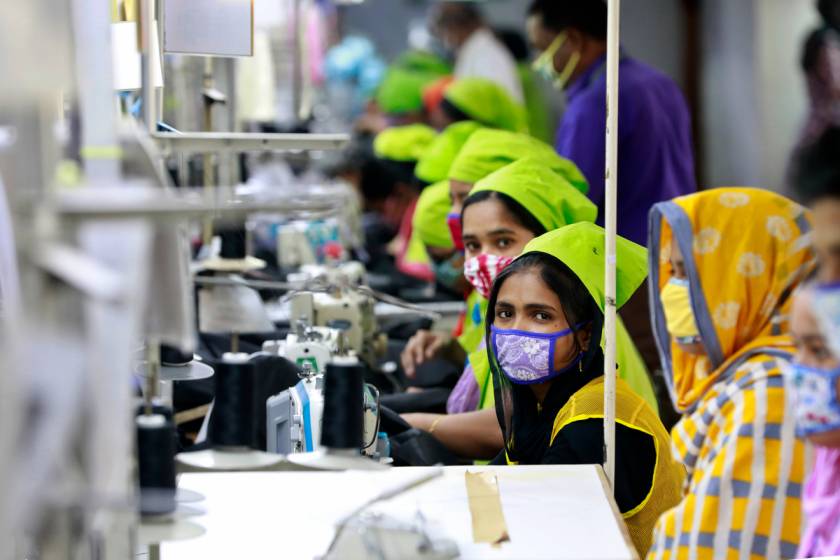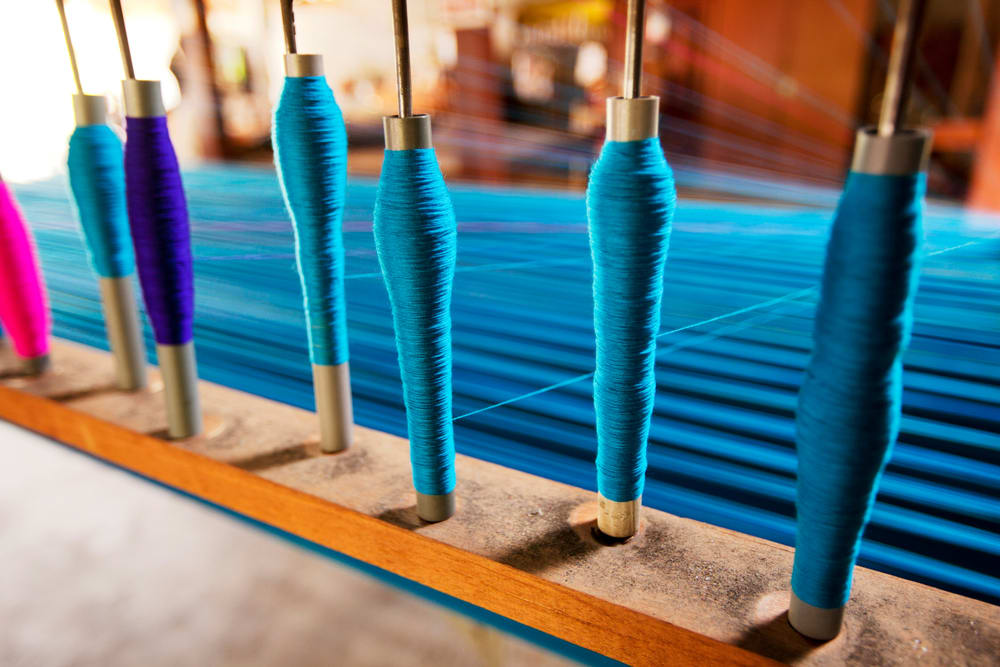18 Different Types of Weaves You Must Know About

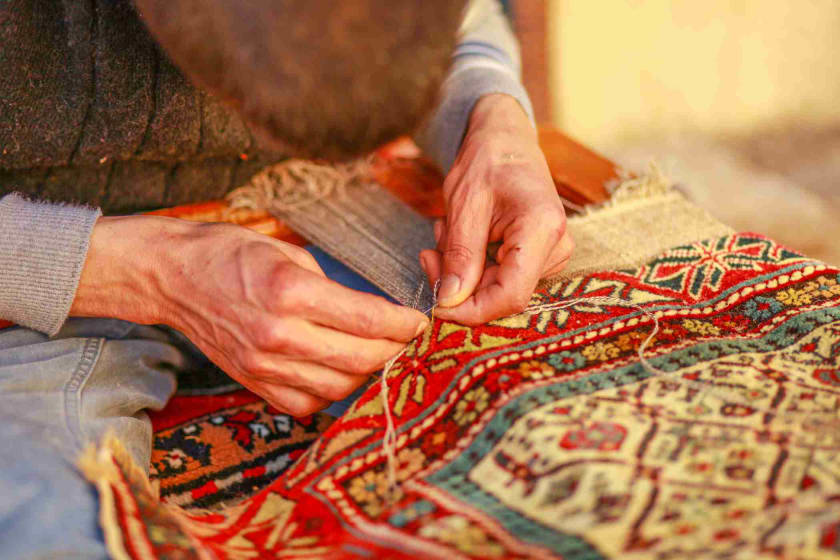

The art, science, skill, and talent with which threads are interlaced to create magical fabrics has had all of us intrigued and charmed every time. Yarns or threads are braided, bonded, knitted, crocheted, woven, and spun to get the end result: the fabric.
Very often, owing to the excellent quality of the fabric, we are able to garner compliments from our near and dear ones for the clothes we wear. The options are endless when we mix and match fabrics to get kurtas, shirts, skirts, and trousers stitched. We can choose from a wide array of textiles, draperies, materials, and colors to get that killer look.
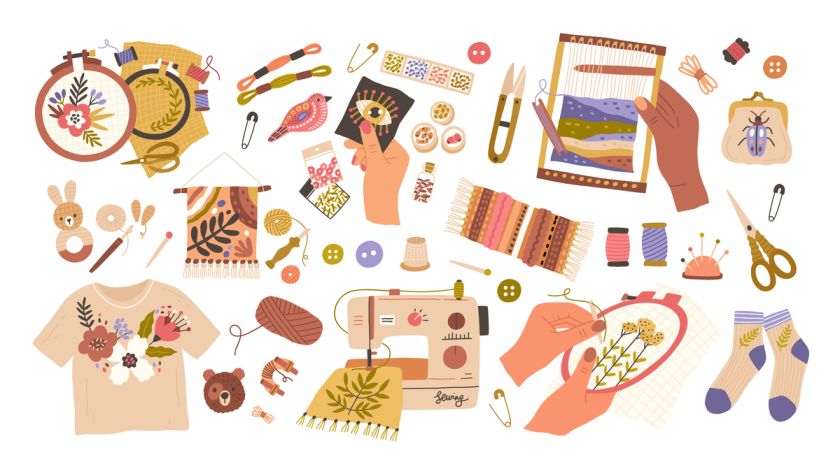
We present to you 18 of the many types of weaves that you can use for styling:
1. Plain Weave- This is the most common and the most durable of them all. This is created by the simple interlacing of warp and weft threads. This weave produces very strong, durable, and very quality fabrics.
2. Rib Weave- This technique is a variation over the previous method. The warp and weft threads of different weights are used here. As a result, there is an appearance of prominent ribs in the horizontal direction on the fabric.
3. Basket Weave- This weave produces a very beautiful textile. Two or more warp threads interlace two or more weft threads. The pattern uses the over-over under-under technique to create the fabric, which is has a matt finish and is much looser than the plain weave.
4. Twill Weave- Here, one or more warp threads are repeatedly woven over and under one or more weft threads. This produces a self-design look on the cloth. The resultant fabric is soft yet very strong.
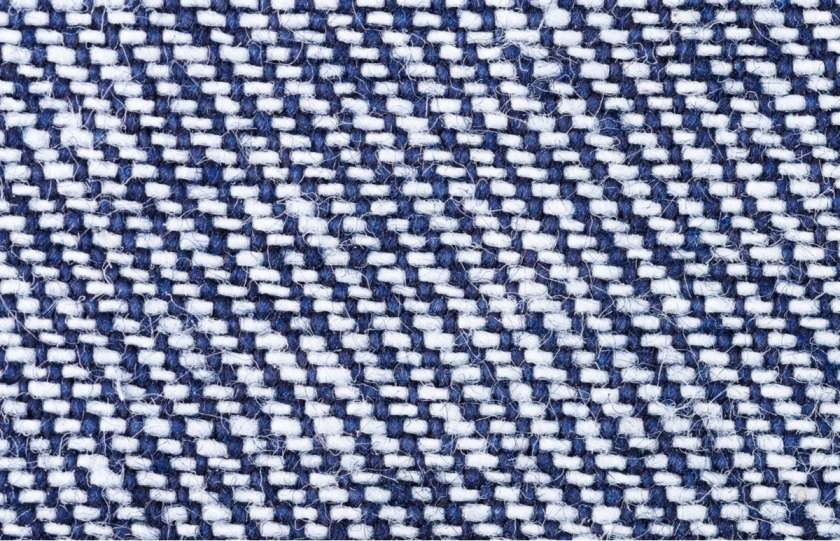
5. Satin Weave- This is a variation of the twill weave. Here, the warp yarn is continuous. The weave produces a fabric that is smooth and lustrous, which is also capable of snagging easily.
6. Sateen Weave- This yarn uses both satin and cotton. The floats in the direction of the weft are continuous, with a few interruptions of the wasp threads. The resulting fabric is not as lustrous as satin but is more durable.
7. Leno Weave- The warp threads here are not parallel but are twisted over adjacent weft threads. This produces an open weave fabric that is very durable and strong.
8. Oxford Weave- Two thin threads are woven with two thick threads in the weft direction. The thin yarns leave holes. This fabric is extremely soft and fine.
9. Honeycomb Weave- The end result of the fabric looks like a honeycomb and hence the name. The weft and warp threads are interlaced so that they produce regular small square-like ridge patterns and hollows in the textile.
10. Pile Weave-Soft pile fabrics are created using this technique. These are extremely absorbent and insulating. As the threads are uncut, they form loops on the surface. Ground and additional threads are used to create this fabric.
11. Herringbone Weave- In simple words, this technique produces a weave that leaves a zig-zag pattern with right and left twills appearing alternately. The fabric thus produced is very strong and steady.
12. Jacquard Weave- Intricate and colorful threads are woven into the loom. These fabrics can be made of one color or a mix of several colors, and some very intricate designs could be created here. The backside of the fabric has a mirror image of the design on the front.
13. Dobby Weave- The weave is such that it displays a plain weave with small geometrical patterns. Special dobby machines create this weave. Some warp threads are raised, and some are suppressed with the help of a dobby card. The woven fabric is fine and flat.
14. Crepe Weave- This type of weave also requires a special technique and high twist yarns.
15. Lappet Weave- Warp threads are used to create machine-made embroidery-like figures on the fabric. The fabric looks very similar to one that has been hand embroidered.
16. Tapestry Weave- Hand looming techniques are used here to weave the fabric. Very elaborate designs are made out of a single repeat. The intricacy of the designs comes through the numerous colors formed by weft and warp yarns.
17. Stripped Weave- This weave replicates a pinstriped weave using a single thread resembling a straight line.
18. Double Cloth Weave- Two fabrics are held together with another set of threads to produce this type of weave.
These are some of the many types of weaves that are available. You must choose a weave that aligns with your requirement of the end product. A waffle weave for a towel, satin weave if you want the fabric to be lustrous and flowing, herringbone weave for tweed trousers, and a painting canvas using basket weave. Check out the wide variety of weaves available on Fashinza and start creating your style!















